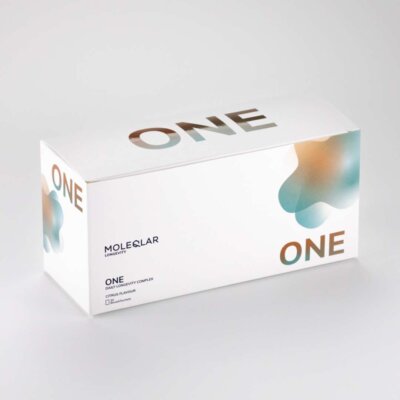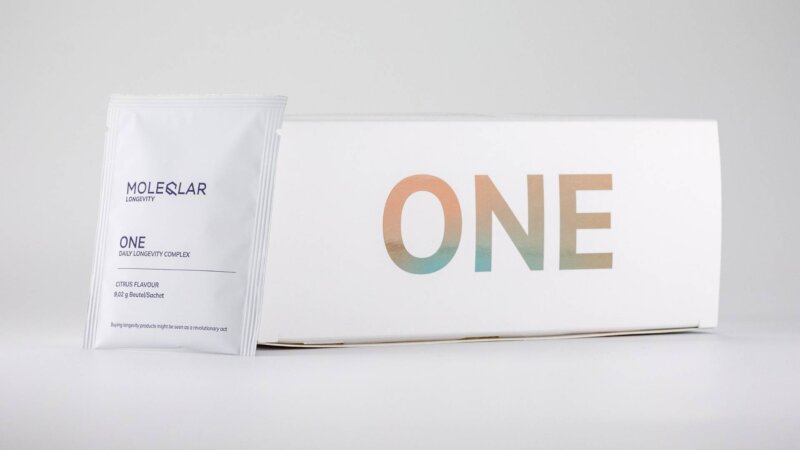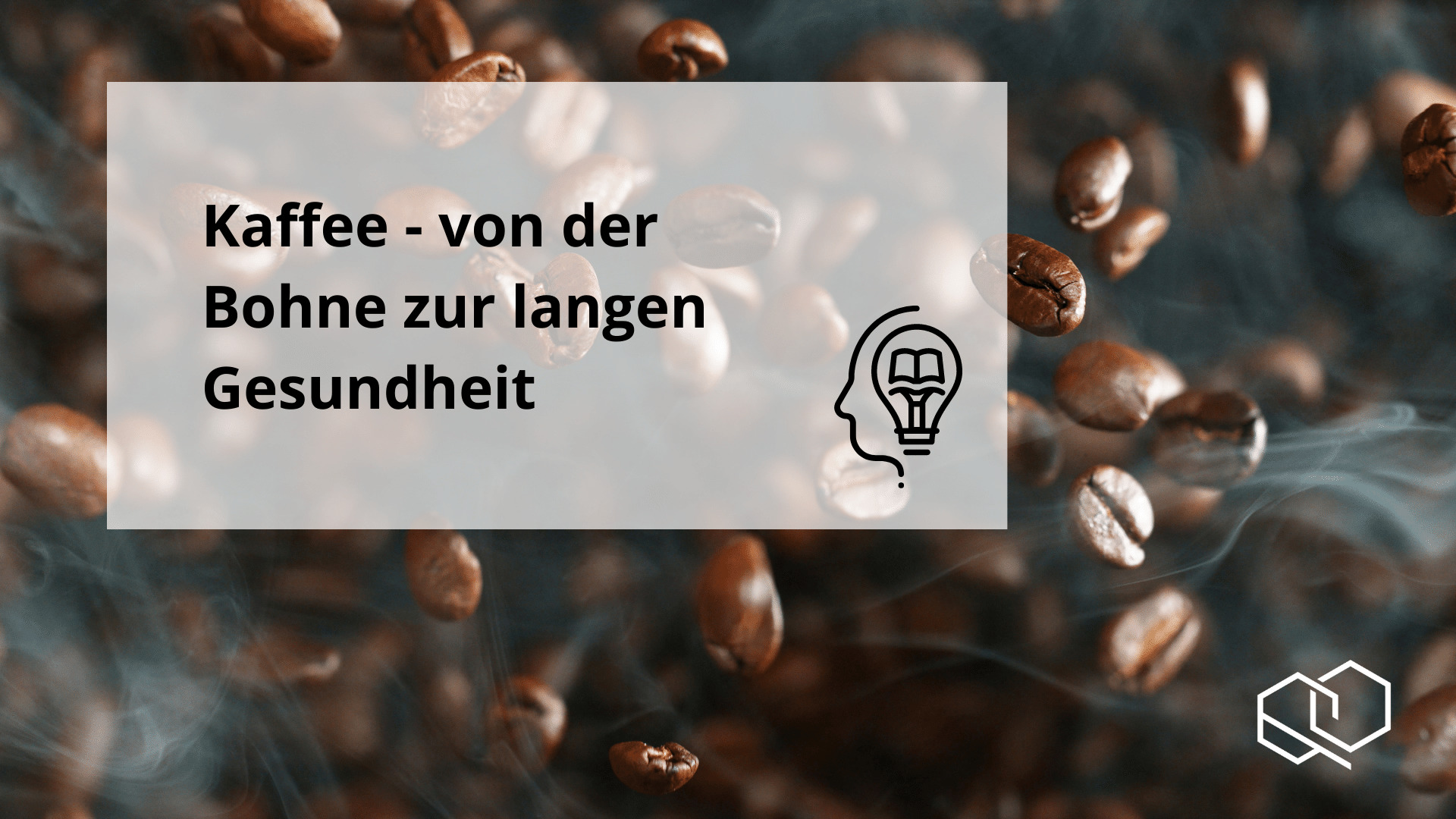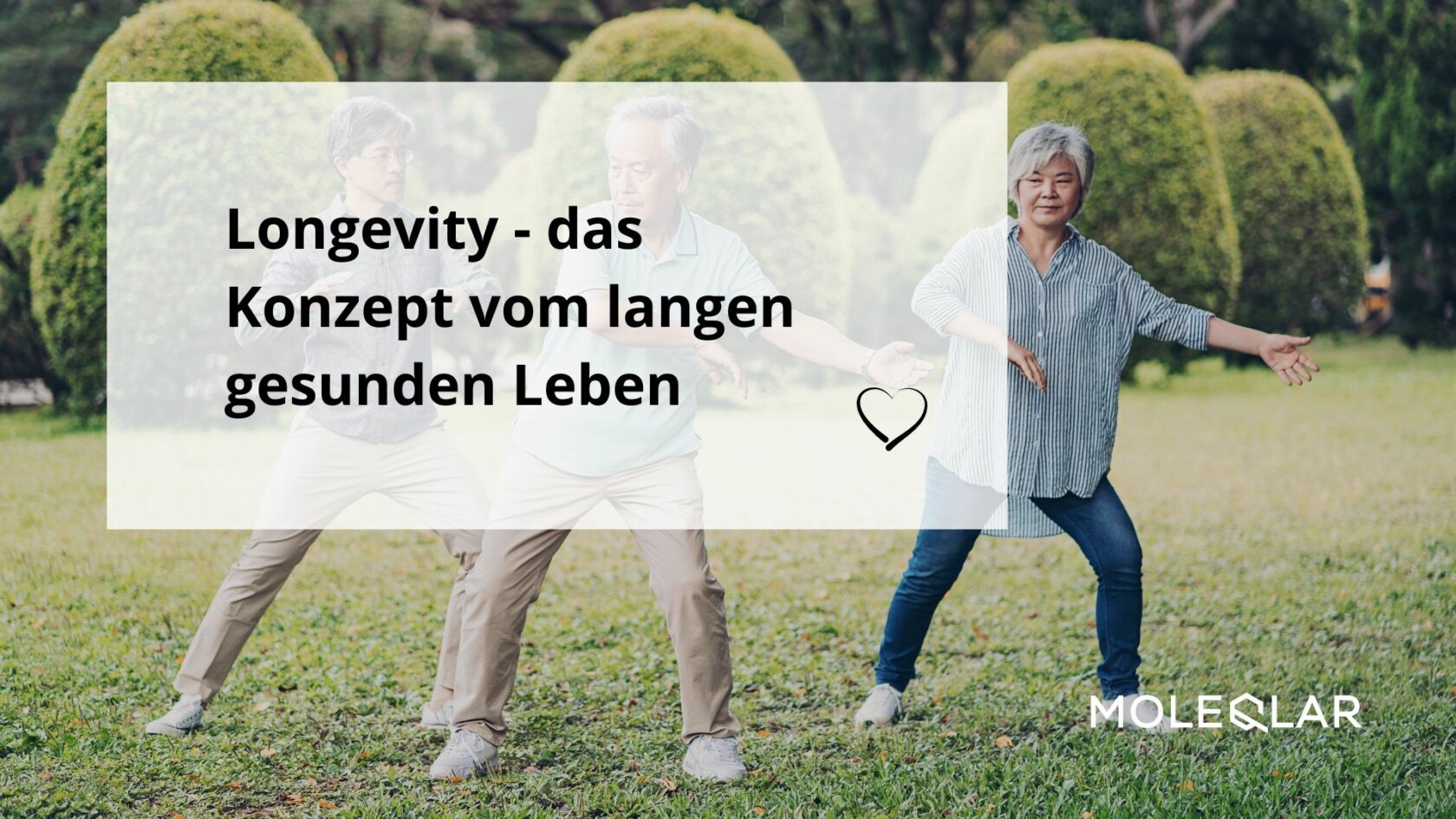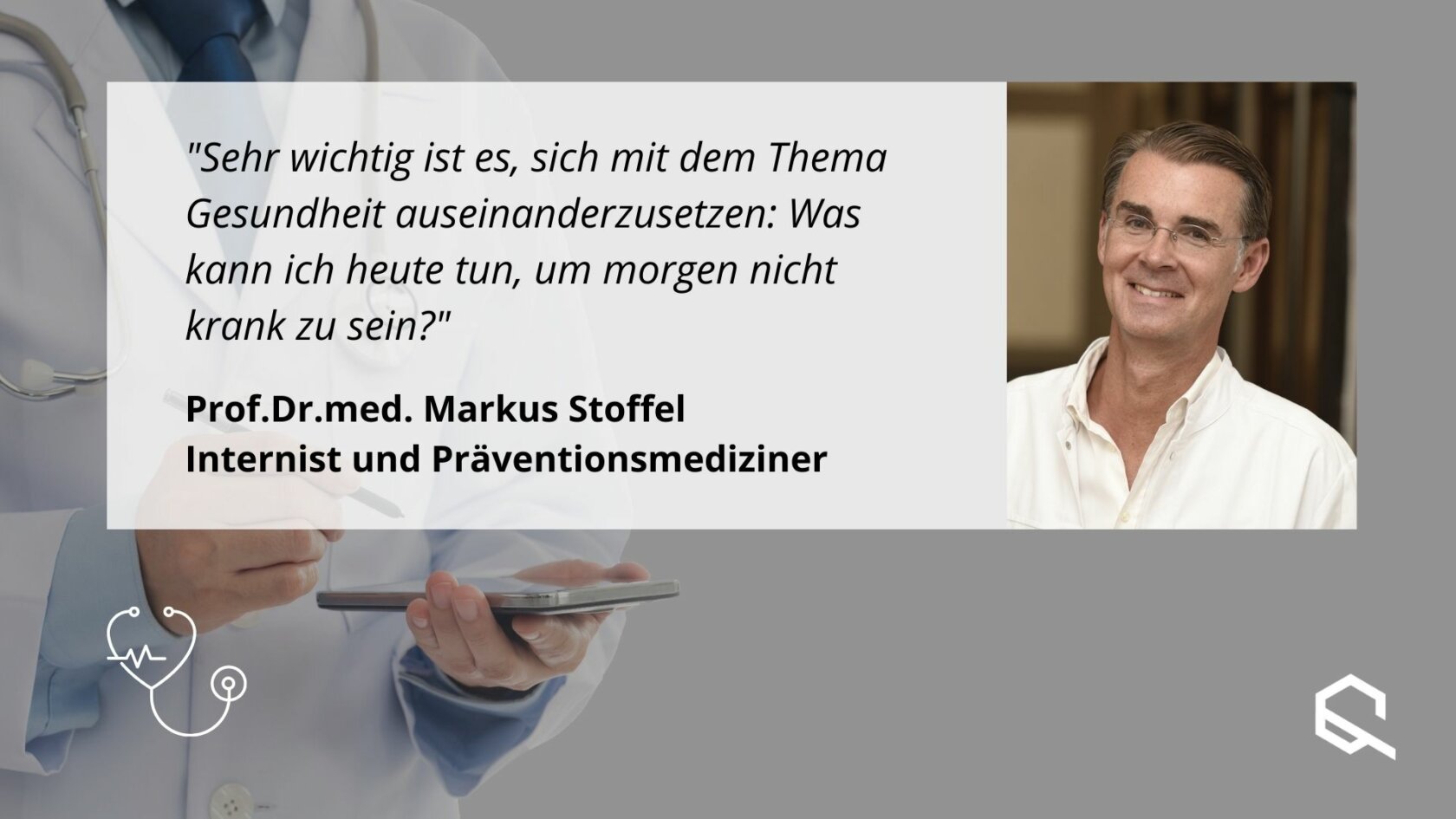The obligatory coffee in the morning - many know it. Many love it. Many need it.
The cheering up effect is often in the foreground and coffee also has an enormous social significance. People meet for coffee and coffee is offered with the cake. While grandma usually served filter coffee with sugar and cream, hip cafés offer a wide range of coffees: from espresso macchiato to ristretto and flat white to hand filter and cold brew. All these coffees have different preparation methods, different roasting methods and varying drinking temperatures. There are no limits to coffee. But is coffee consumption really healthy, which preparation method is best and what does coffee actually do to our bodies?
What's in the black gold?
Coffee grows as a tree or shrub and bears the so-called coffee cherry as its fruit. Only through various roasting processes does the previously green core of the red fruit become the familiar dark coffee bean. There are many different types of coffee plant, the best known being Arabica and Robusta. Although these differ in terms of individual ingredients, the majority of the diversity of ingredients is common to all types of coffee. In total, there are over a thousand ingredients in coffee, of which we will take a closer look at the most important ones:
Caffeine
Caffeine is the best known and probably also the most important component of coffee. The molecule is considered a psychoactive substance with a stimulating effect. It works in our nervous system by inhibiting adenosine receptors, which makes our body less quickly tired (more on this in Coffee as a wakefulness stimulant). Caffeine also stimulates the release of dopamine and cortisol.
Carbohydrates
The coffee bean consists of 30% carbohydrates, which are largely broken down by the roasting process. During coffee preparation, the carbohydrates remain in the coffee grounds and do not find their way into the cup.
Fat
Is the crema on a good espresso particularly important to you? Then you should pay particular attention to lipids. These primarily form the creamy coating. Linoleic and palmitic acids make up the largest share. Linoleic acid belongs to the omega-6 fatty acids and is an essential fatty acid - we have to take it in with our food. It is an important component of the skin and contributes to the barrier function of the top layer of skin (epidermis). You can read more about barriers in this article. The second important acid - palmitic acid - makes up a large part of human fat. The lipids cafestol and kahweol are also found in coffee. They inhibit the breakdown of cholesterol and thus contribute to an increased risk of cardiovascular disease.
Acids
You have probably noticed that coffee can also have a very sour note. This is due to the many different acids contained in coffee. Brewed coffee has a pH of 4-6, which puts it in the slightly acidic range. The most common acids in coffee are chlorogenic acid and caffeic acid. The two are chemically related and have similar properties. However, while chlorogenic acid is said to cause stomach upset, caffeic acid appears to act as a protector against stomach cancer.
Coffee as a stimulant
As you have already read in the overview of caffeine, the molecule occupies the adensoin receptors and fatigue gets a reprieve. What is the molecular background of this? When our body uses energy for various processes throughout the day, adenosine is released as a by-product. This binds to the adenosine receptors and thus gives the body a feeling of tiredness. Caffeine is an antagonist or opponent of these receptors. This means that it has a structural similarity to adenosine and can therefore also bind to its receptors, but does not activate them. This blocks the receptors, so to speak, and the natural adenosine-mediated fatigue effect does not occur.
Caffeine also increases dopamine signals and stimulates the release of cortisol. Dopamine is a neurotransmitter with many different functions in our brain. You may have heard of dopamine as the "happy hormone" because it has important functions in the mesolimbic system - also called the reward system.
"I'm not responsive before my first coffee." - a phrase that may sound familiar to some. Through the pick-me-up effect of coffee, many hope for a boost of energy to start the day. However, in evolutionary terms, our body has not followed coffee consumption, but has installed its own pick-me-up - cortisol. Cortisol is also known as the stress hormone and naturally its level in our body rises about 30 minutes after waking up and activates many important processes. So, if you have a caffeinated drink right after waking up, you get ahead of the natural cortisol increase, because caffeine also activates cortisol secretion. So do you increase cortisol even more with an additional coffee? No, not quite. Due to the increased cortisol secretion, the body gets used to it to a certain extent and in the long run you tend to need more coffee in the morning.
Can coffee be addictive?
You know it: trying to get by without coffee is hard. Especially the listlessness in the morning or afternoon and the sometimes occurring headache seem unbearable in the first days of a cold turkey withdrawal from the hot drink. Although coffee is considered an addictive substance in some countries, scientists still disagree about the actual addictive effect. Because of the numerous ingredients and their diverse effects, the physiological addictive potential of coffee is difficult to study. In addition, studies on food, in contrast to drugs, can only be blinded with difficulty. In drug studies, one group receives the active ingredient and another group receives the placebo in tablet form. This is difficult to do with coffee, because the participants in the study know coffee and there is no placebo product for it. When talking about the addictive potential of coffee, this is often equated with caffeine. For this purpose, blinded studies can be conducted with caffeine tablets.
In a study on caffeine-induced cortisol levels, scientists found that regular caffeine consumption reduces the cortisol response, but it does not completely subside. So the body builds up a tolerance with regular caffeine intake, but it is not complete. So we get used to coffee and it takes time for the body's cortisol level to return to normal, but from a medical point of view it is still different from a classic addiction.
Health effect
Do you know whether people who drink coffee live longer or shorter and what health effects the drink has?
In fact, older studies say that people who drink coffee regularly live shorter lives. However, one should always look at the whole data when making such claims. A closer look shows that coffee consumers often also smoke and that, among other reasons, the shorter life span cannot be attributed exclusively to coffee.
A meta-analysis from 2019 then looked at coffee consumption and mortality in more depth. The results show that the lowest risk for all-cause mortality across all causes of death is 3.5 cups of coffee per day. For cardiovascular-related death, the lowest risk was 2.5 cups a day. At a consumption of 2 cups of coffee per day, the risk of death from cancer was lowest. Even higher coffee consumption did not increase the risk of death. The study also took into account age, obesity, smoking habits and caffeine content. The positive effect of coffee cannot be purely due to caffeine, as decaffeinated coffee also showed positive effects.
As you probably know, coffee increases the pulse and blood pressure. However, this is an effect that can only be observed while caffeine is active. However, you should be careful if you have high blood pressure. If you rarely drink caffeinated beverages in general, coffee will affect your blood pressure all the more quickly. And as always, "the dose makes the poison" - drunk in moderation, coffee has no harmful effect on blood pressure. However, you should not overdo it.
Not all coffee is the same
Coffee is such a diverse drink that even the physiological and health effects cannot be generalised so easily. Since many substances are only released through roasting, this is an important step that can have a great influence on taste and effect. In addition, the preparation methods are becoming more and more diverse. The duration, temperature and pressure of the brewing process have different effects on the dissolution of substances from the ground beans. In general, however, the solubility of most substances in coffee is in the higher range. The higher the temperature, however, the more likely it is that harmful fats will be dissolved from the coffee. Filter coffee has a special position here, as long as paper filters are used and not waste-reducing metal filters. The fine filter paper retains the lipids, resulting in healthier and usually less acidic coffee.
While we attach great importance to coffee culture, some countries in the world have centuries-old tea traditions. This hot beverage is also attributed with outstanding health benefits. But what is actually healthier and which types of tea are particularly recommended? We will deal with this topic next time. Let's see if the alternative pick-me-up "green tea" can do as much.
Literature:
Kim, Y., Je, Y. & Giovannucci, E. Coffee consumption and all-cause and cause-specific mortality: a meta-analysis by potential modifiers. Eur. J. Epidemiol. 34, 731-752 (2019).
Caffeine - Encyclopaedia of Neuroscience. Available at: https://www.spektrum.de/lexikon/neurowissenschaft/coffein/2301. (Accessed: 12th February 2022)
Fredholm, B. B. Astra Award Lecture. Adenosine, adenosine receptors and the actions of caffeine. Pharmacol. Toxicol. 76, 93-101 (1995).
Lovallo, W. R. et al. Caffeine Stimulation of Cortisol Secretion Across the Waking Hours in Relation to Caffeine Intake Levels.
Volkow, N. D. et al. Caffeine increases striatal dopamine D2/D3 receptor availability in the human brain. Transl. Psychiatry 5, e549 (2015).
https://flexikon.doccheck.com/de/
Graphics:
The graphics have been acquired under licence from Shutterstock and Canva and are marked accordingly.
